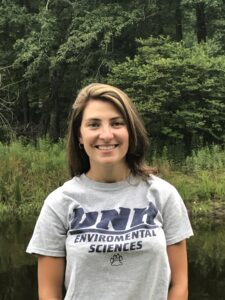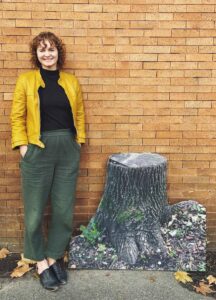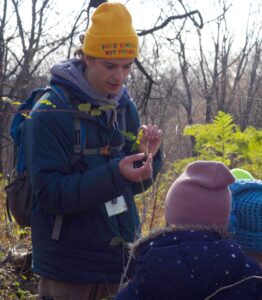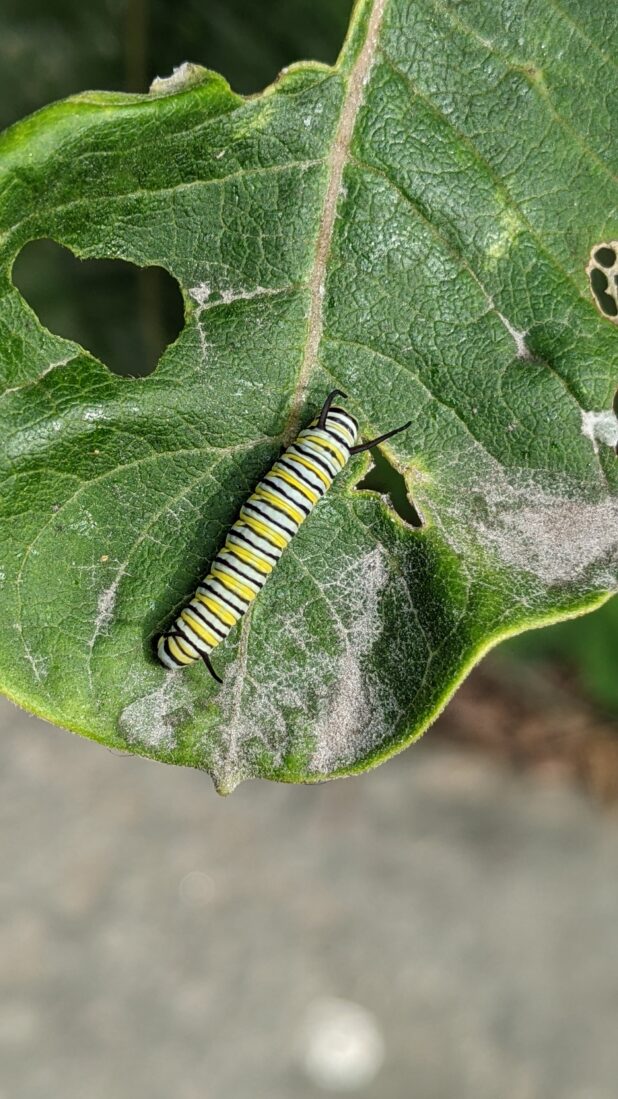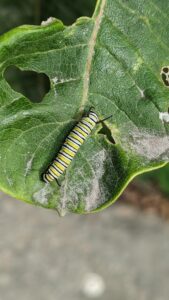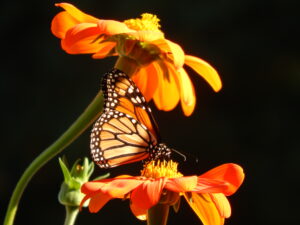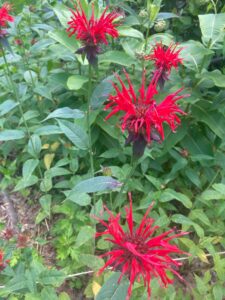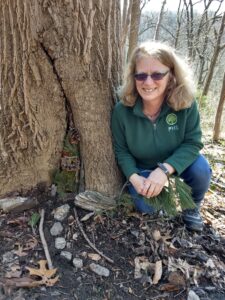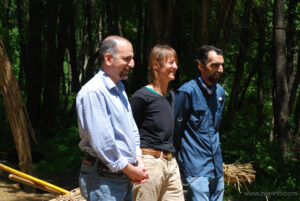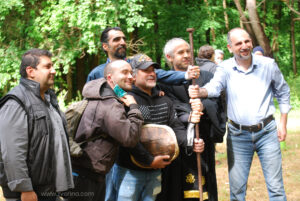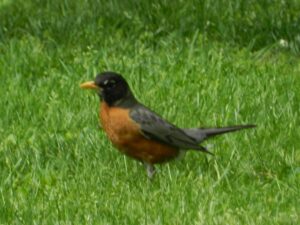 On July 3, Philadelphia reported all of 177 cases of COVID-19 across the city, the lowest number since the pandemic’s beginning in March 2020. It seemed– felt, hoped– we were FINALLY crawling out of the pandemic’s pit.
On July 3, Philadelphia reported all of 177 cases of COVID-19 across the city, the lowest number since the pandemic’s beginning in March 2020. It seemed– felt, hoped– we were FINALLY crawling out of the pandemic’s pit.
Then the highly transmissible delta variant struck, the fourth wave ramped up, and for the week ending August 7, the city reported 1,238 cases, a 700% increase in only one month. $%$#@!
So last week, to almost no one’s surprise, Mayor Jim Kenney reestablished a masking mandate in the city.
The Schuylkill Center decided we needed to respond to this disappointing wrong-way bend in the curve. Because we operate multiple programs where we invite unvaccinated children to our site, including Nature Preschool, which almost 100 preschoolers attend on a daily basis, and also because we have an obligation to provide a safe workplace for not only program participants and visitors but our own staff and their families, our Board of Trustees adopted a crucial policy last week.
In an unanimous vote, our organization’s 23 trustees agreed to require all of our employees to be vaccinated. We are now joining the growing ranks of companies and universities doing the same, including Google, Walmart, Amtrak, the US military, and many more– with more coming daily.
But we are also taking this important action because we are a science-based organization that teaches and believes in science. And the science is clear. We have sadly and strangely been conducting a year-long science experiment on the American population, bifurcating into states and communities that believe in science and those that believe in– what, exactly– fake news, for lack of a better term (like getting vaccinated will turn your body into a magnet!).
The fourth wave has already been labeled “a pandemic of the unvaccinated,” and the data back this up. Today, there is a direct and irrefutable correlation between COVID and vaccination rates– those communities with the highest vaccination rates show the lowest caseload. Dr. Ashish K. Jha, Dean of the Brown University School of Public Health, noted that on August 9, residents of the five most-vaccinated states, home to 14 million people, had only 580 people in the hospital with 12 COVID-related deaths that day. But in the five least-vaccinated states, with 16 million people, 6,600 hospitalized and 104 people had died. The least-vaccinated states have 10 times the number of hospitalizations and seven times the deaths. “So yeah,” he tweeted, “vaccines are working.”
Piling on, in the 10 worst states, those where only 38% of its residents are fully vaccinated, more than 14,000 people are currently hospitalized. But in the 10 best states, where more than 60% are vaccinated, only 1,400 people are in the hospital. Again, a tenfold difference.
Yes, there are breakthrough infections, and yes, that is troublesome– but is the rate of breakthrough infection large enough to derail the entire vaccination program? Of course not. “If you are vaccinated, you may get a breakthrough infection,” Dr Jha has admitted. “But you are very unlikely to get hospitalized. You are very, very, very unlikely to die. The horror of the delta variant will largely be felt by the unvaccinated.”
The Schuylkill Center will, of course, follow the standards similar to all of those entities named earlier, whereby medical and religious exemptions may be accommodated, and of course we will follow whatever other applicable laws are approved.

But we have an obligation to the thousands of people who visit our site, not only preschool children attending our school but summer campers coming here for a week in the great outdoors, school groups visiting for field trips, visitors participating in our many programs, walkers hiking in our forest, art lovers coming to our art gallery to see our latest art installation, and more.
You’d think a tenfold diminution in COVID cases would catch people’s attention… But no. We like to say we live in the Age of Information, but that’s not the case at all. We instead live in the Age of Opinion, and everyone not only has one, but has multiple platforms for promulgating that opinion.
As a science educator, good public policy should flow from good science– science informs policy. But like with climate change, we have become practiced at denying the science to alter the policy. To our detriment. Simply put, more people have already died, and more will die, because of the politics and deliberate disinformation surrounding COVID, not because of the science.
The science is astonishingly clear. Vaxx up, Roxborough.
By Mike Weilbacher, Executive Director


